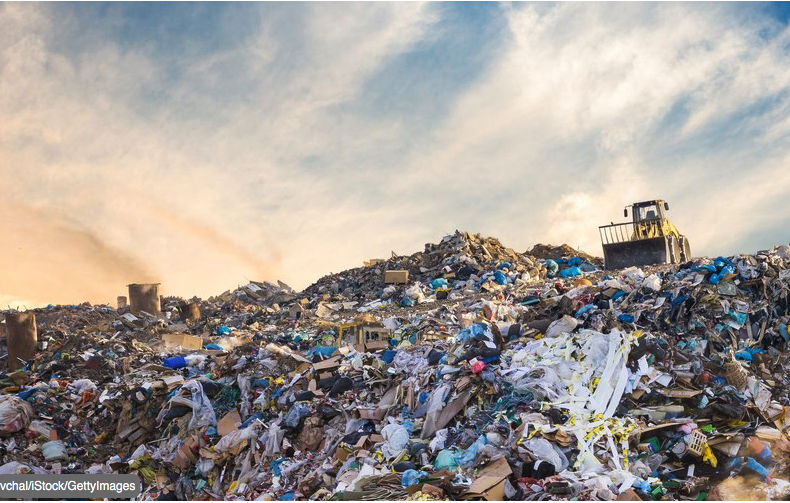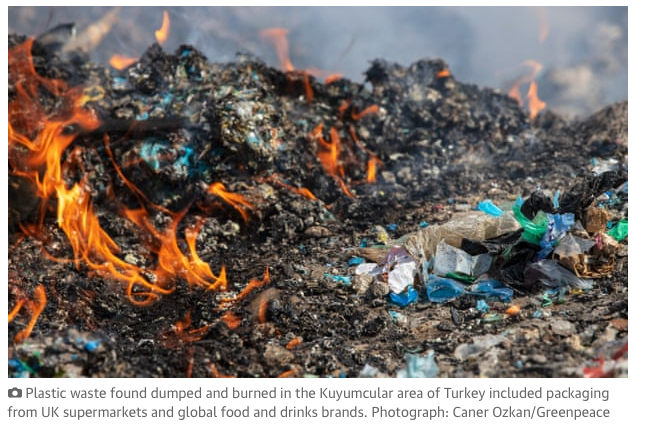We would like to emphasise the impact of earthquakes on some countries


We would like to emphasise the impact of earthquakes on some countries
While there is no doubt that the prevention of municipal solid waste (MSW) generation should sit at the top of any public policy, industrial strategy and individual behaviour, just like reducing the consumption of energy, this proposition might mislead the public into thinking that waste can suddenly disappear if only we had the will to make it happen. Despite these unattainable expectations, the ‘Zero Waste’ concept has become a viral and omnipresent phrase in recent years. A Google search of this term shows around half a million hits, as of March 2020, and countless government and non-governmental organisation initiatives worldwide. Zero Waste seems to be the only acceptable aim for today’s politicians who embrace an environmentally friendly platform. As a result, countries and municipalities all over the globe have committed themselves to achieving the goal of Zero Waste. So far, however, nobody has managed it, and given the many scientific and practical roadblocks, no one ever will.

How much plastic is your washing machine sending out to sea? t’s no secret that too many of the plastic products we use end up in the ocean. But you might not be aware of one major source of that pollution: our clothes. Polyester, nylon, acrylic, and other synthetic fibers — all of which are forms of plastic — are now about 60 percent of the material that makes up our clothes worldwide. Synthetic plastic…

As rain falls on landfill sites, organic and inorganic constituents dissolve, forming highly toxic chemicals leaching into groundwater. Water that rinses through these chemicals collects at the base of the landfill and usually contains high levels of toxic metals, ammonia, toxic organic compounds and pathogens. This can result in serious contamination of the local groundwater. Even more dangers, this mixture usually creates a high biological oxygen demand, meaning it can quickly de-oxygenate water. If or when these noxious chemicals reach rivers or lakes, it could result in the death of aquatic life.

“If you do research or travel in developing worlds, you do see garbage burning in a lot of places,” he told Climate Central. Working in Indonesia in the 1990s, he said, there was an old man who would come around and gather everyone’s trash, then burn it at the end of the street.
Yokelson, who is another author of the recent paper, had made some measurements in Mexico of what sort of pollutants were being emitted by trash burning. The U.S. Environmental Protection Agency has catalogued emissions from trash burning in the rural areas of the U.S. But Wiedinmyer found that, on a global scale, “there wasn’t kind of a consistent story.”
To find that story took a lot of digging around and some educated guesswork. Along with data from the few studies like Yokelson’s, Wiedinmyer used guidelines for calculating trash burning emissions produced by the Intergovernmental Panel on Climate Change to determine how much waste was being generated and burned, what exactly was in that waste, and what types of chemicals were likely generated. What she came up with was, as the study describes it, “the first comprehensive and consistent estimates of the global emissions of greenhouse gases, particulate matter, reactive trace gases, and toxic compounds from open waste burning.”